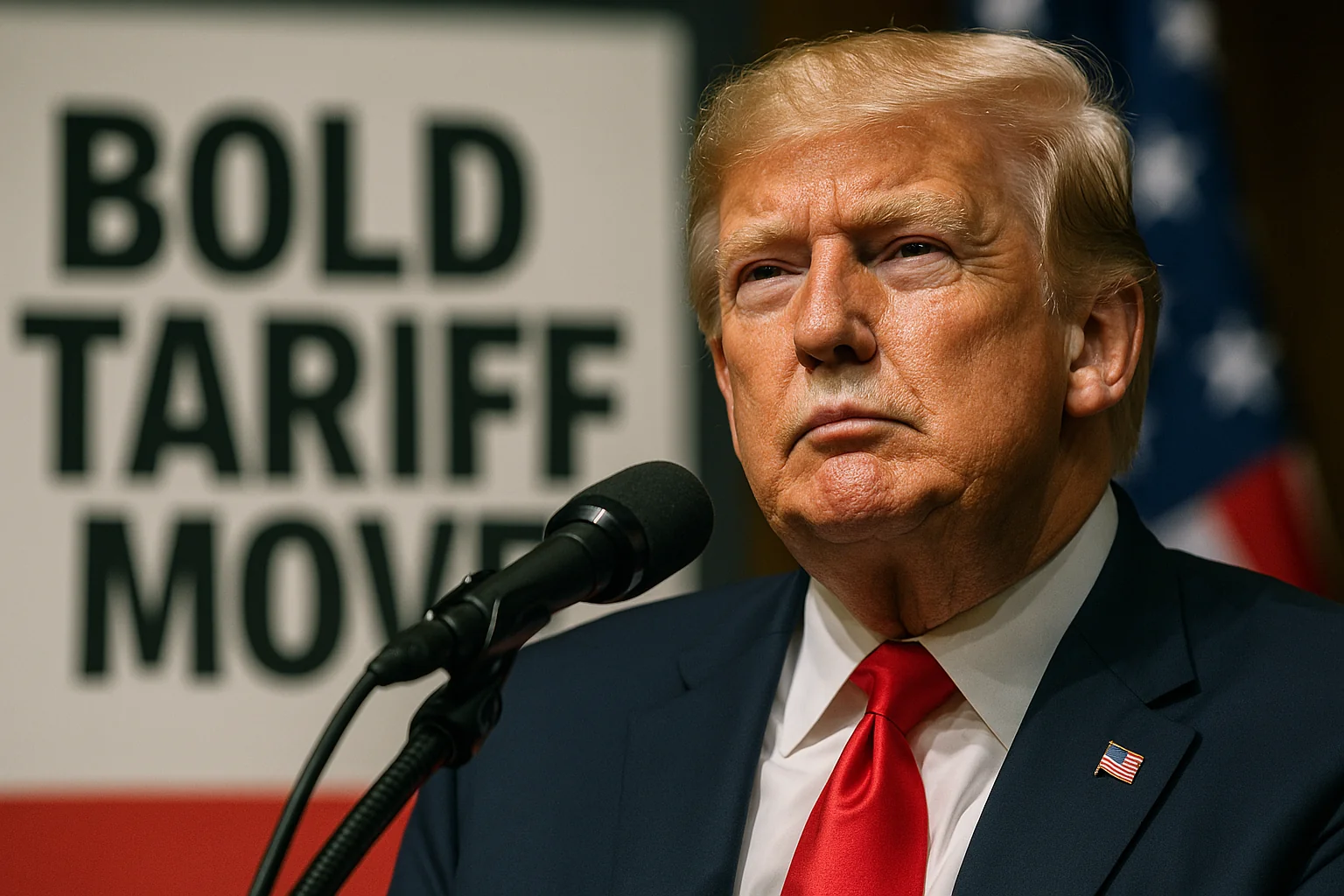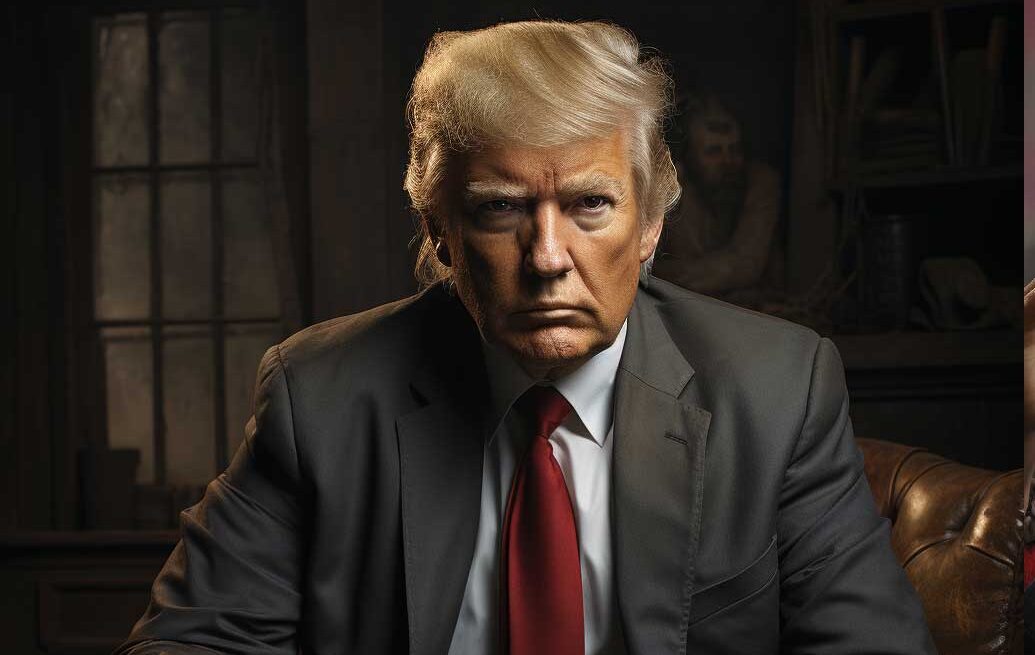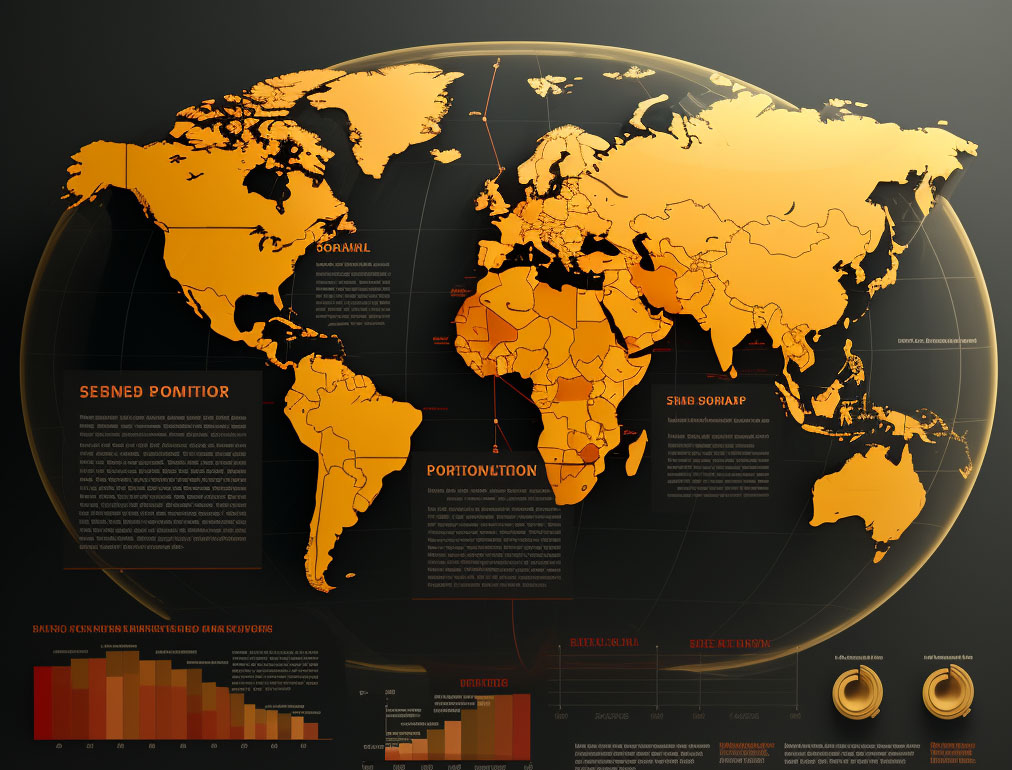On April 2, 2025, President Donald Trump announced significant tariff measures, declaring a 10% universal tariff on all imports, effective April 5, 2025. Additionally, higher “reciprocal” tariffs were imposed on specific countries, such as a 34% tariff on Chinese goods (and now 145%) and 20% (now 10% ) on European Union products, starting April 9, 2025. These actions aim to address trade imbalances and promote domestic manufacturing. The announcement has led to global market volatility and raised concerns about potential trade wars and economic repercussions.
-
The reasoning provided by President Trump for these measures includes:
Addressing Trade Imbalances: The administration cited a $1.2 trillion trade deficit from the previous year as evidence of unfair global trading practices that disadvantage American manufacturers and workers. -
Promoting Domestic Manufacturing: The tariffs are intended to encourage companies to produce goods within the United States, thereby boosting domestic manufacturing and creating jobs.
- Reciprocity in Trade: The administration emphasized that these tariffs are a response to other countries' trade barriers and practices, aiming to establish fairer trading conditions.
President Trump framed this initiative as a “Declaration of Economic Independence,” asserting that it would restore economic strength and fairness to the United States.
However, the plan is far more ambitious. Its core ideas are outlined in an article by Harvard professor Steven Miran titled “A User’s Guide to Restructuring the Global Trading System.”
The article identifies the main problems:
- The U.S. dollar is overvalued, which hurts American manufacturing and exports.
- The current global trading system favors countries with undervalued currencies, leading to persistent trade imbalances.
Proposed Solutions
- Currency Realignment:
- Use policy tools (like taxes or interventions) to lower the dollar’s value, making U.S. goods more competitive.
- Tariffs as Leverage:
- Temporary tariffs could pressure countries that manipulate their currencies or run large trade surpluses to reform.
- Multilateral Agreements:
- Work with allies (like the EU or Japan) to coordinate changes to global trade rules and reduce dependency on a dollar-centric system.
Miran argues that strategic, limited interventions—not full-blown protectionism—can fix the system without undermining global cooperation.
What we see now is plan in action:
- Tariffs
Surface-level protectionism targeting China. Appears chaotic and reckless but is designed to cause disruption. - Economic Realignment
Tariffs force companies to reshore manufacturing to the U.S. Over $3–4 trillion already committed. Goal: Make America investable again through deregulation, energy dominance, and tax cuts. - Global Alliances
High tariffs on everyone, then drop them for 75+ countries—except China. This boxes China in and encourages global realignment back to the U.S., forming a “green block” to counter BRICS. - Mar-a-Lago Accords (Monetary Realignment)
Trump aims to create a new Bretton Woods:- Peg currencies to the U.S. dollar
- Nations pay for U.S. security
- Maintain USD as global reserve currency
- Promote U.S. dollar stablecoins, digital assets, and Bitcoin
Benefits and Risks
- Pros:
- Could revive U.S. manufacturing.
- May reduce trade deficits and boost job creation.
- Encourages fairer global competition.
- Cons:
- Risks of retaliation or starting a trade war.
- May cause short-term inflation.
- Could strain international relations.
Major Trump announcement on worldwide tariffs
Treasure secretary Scott Bessent Breaks down Trump’s Tariff Plan and Its impact on the Middle class
Trump’s 4D Chess: Inside the Mar-a-Lago Accords!
https://youtu.be/dxCmkJ926PI?si=Z0_tT2Ss9Q22pjil
Stephen Miran, Senior Strategist







